Prime Minister: Approval of the Planning for exploration, exploitation, processing and use of minerals in the 2021-2030 period, with a vision to 2050, shows that Lam Dong province owns the largest bauxite reserves in the country.
Of which, in Dak Nong province (formerly) there are 29 bauxite mines, with reserves reaching nearly 1.8 million tons of raw material; Lam Dong province (formerly) owns 22 mines, with reserves of about 675 million tons.
The merger into the new Lam Dong province has created an "industrial super region" with full conditions to develop a closed value chain, from bauxite mining, alumina processing to aluminum electrolysis and export of finished products.
Recently, the Vietnam National Coal-Mineral Industries Group (TKV) has been stably operating two alumina complexes, Tan Rai and Nhan Co, each with a capacity of 650,000 tons of alumina per year. Notably, the Prime Minister recently approved the overall development project of the bauxite-aluminum-aluminum industry by 2030, with a vision to 2045. A series of new projects will be implemented in Lam Dong province with a total investment capital of up to hundreds of billions of USD.
Notably, the plan to expand the Nhan Co alumina complex to 2 million tons/year; to build a new Dak Nong 2 bauxite-alumina-alumina complex with a capacity of 2 million tons of alumina/year and 500,000 tons of aluminum/year.
Along with that, TKV also plans to invest in expanding the Tan Rai bauxite-aluminum complex from a capacity of 650,000 tons to 2 million tons of alumina/year and invest in a new Lam Dong aluminum electrolysis plant with a capacity of 500,000 tons of aluminum ingots/year. These are considered the most important conditions for forming on-site aluminum mining, processing and aluminum electrolysis industries, instead of just exporting raw materials to markets such as Japan, South Korea and the United Arab Emirates (UAE)...
TKV Deputy General Director Nguyen Tien Manh said that the group is actively preparing important resources for the implementation of projects in Lam Dong province. In particular, TKV has reported to the owner for permission to increase charter capital by the end of 2025 from VND35,000 billion to VND42,000 billion. At the same time, it has worked with domestic and foreign credit institutions to prepare capital sources, ensuring sufficient capital arrangements to implement projects.
Regarding alumina products, TKV has close relationships with alumina and aluminum users and large international trading companies, which are playing an important role in the alumina and aluminum import and export market such as: Japan, UAE, India... These are markets that will help consume the entire volume of alumina and aluminum in the coming time. Regarding electricity, TKV is also carefully preparing, meeting the production of 1 million tons of aluminum/year.
“The merger of the provinces has helped us to have more advantages in overall planning, resource mobilization, infrastructure connection and solving previous policy bottlenecks. This turning point will help the Vietnamese aluminum industry not only serve the domestic market but also reach out to the world,” said Mr. Nguyen Tien Manh.
In addition to the Vietnam National Coal-Mineral Industries Group, large enterprises such as Viet Phuong, Duc Giang Chemicals, Dong Bac, Truong Hai, as well as investors from Japan and South Korea are promoting bauxite-alumina-aluminum complexes in Lam Dong province. In particular, the Dak Nong Aluminum Electrolysis Plant project with a capacity of 450,000 tons/year is being completed, which will utilize the alumina source from the Nhan Co Alumina Plant to produce aluminum metal for supporting industries.
In addition to bauxite mining and alumina processing, the locality participates in almost the entire value chain of the aluminum industry from mining, alumina processing, aluminum electrolysis and exporting products related to bauxite and aluminum. In addition, Lam Dong province also has a system of vocational schools, universities and research institutes that can participate in training engineers, technicians and technology experts for the aluminum industry in the future.
According to the Government's orientation in the national mineral planning and Vietnam's industrial development strategy to 2030, with a vision to 2045, the aluminum industry is identified as a field that needs to develop strongly in a modern, closed and sustainable direction.
To realize the goal, Lam Dong province is considered the center of Vietnam's aluminum industry, with a system of aluminum factories, aluminum smelters and large-scale deep processing industrial projects being systematically and synchronously planned. This is the foundation for Vietnam to be more proactive in strategic materials, reducing dependence on imports.
To realize the goal, Lam Dong province is considered the center of Vietnam's aluminum industry, with a system of aluminum factories, aluminum smelters and large-scale deep processing industrial projects being systematically and synchronously planned. This is the foundation for Vietnam to be more proactive in strategic materials, reducing dependence on imports.
In the future, when bottlenecks in transport infrastructure, high-quality human resources, etc. are synchronously resolved, the aluminum industry will play a pivotal role, contributing significantly to the country's industrialization, modernization and sustainable development journey, affirming Vietnam's position on the global material supply chain map.
Source: https://baolamdong.vn/san-sang-nguon-luc-hinh-thanh-chuoi-gia-tri-khep-kin-381851.html





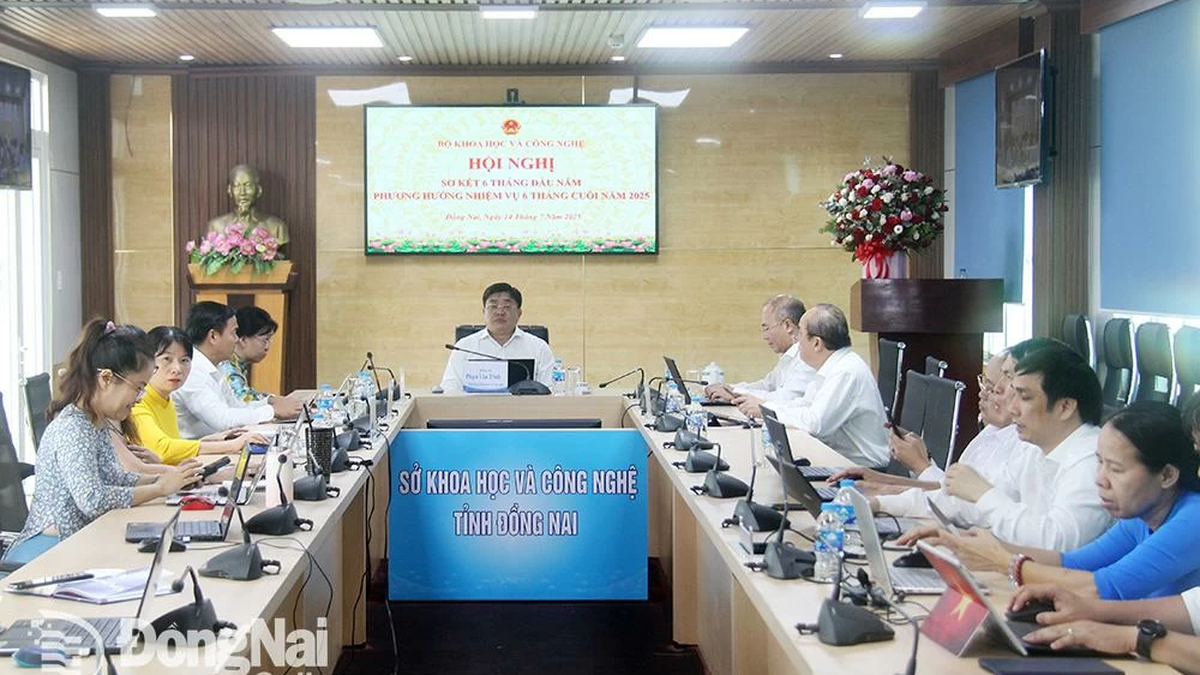

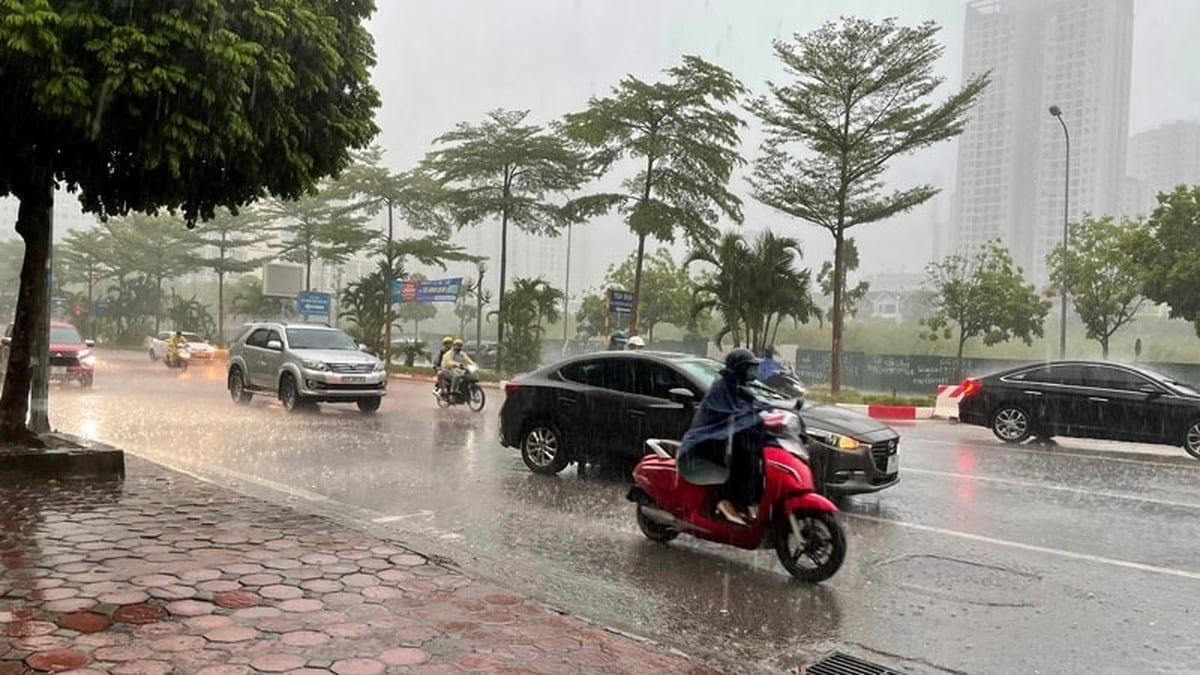

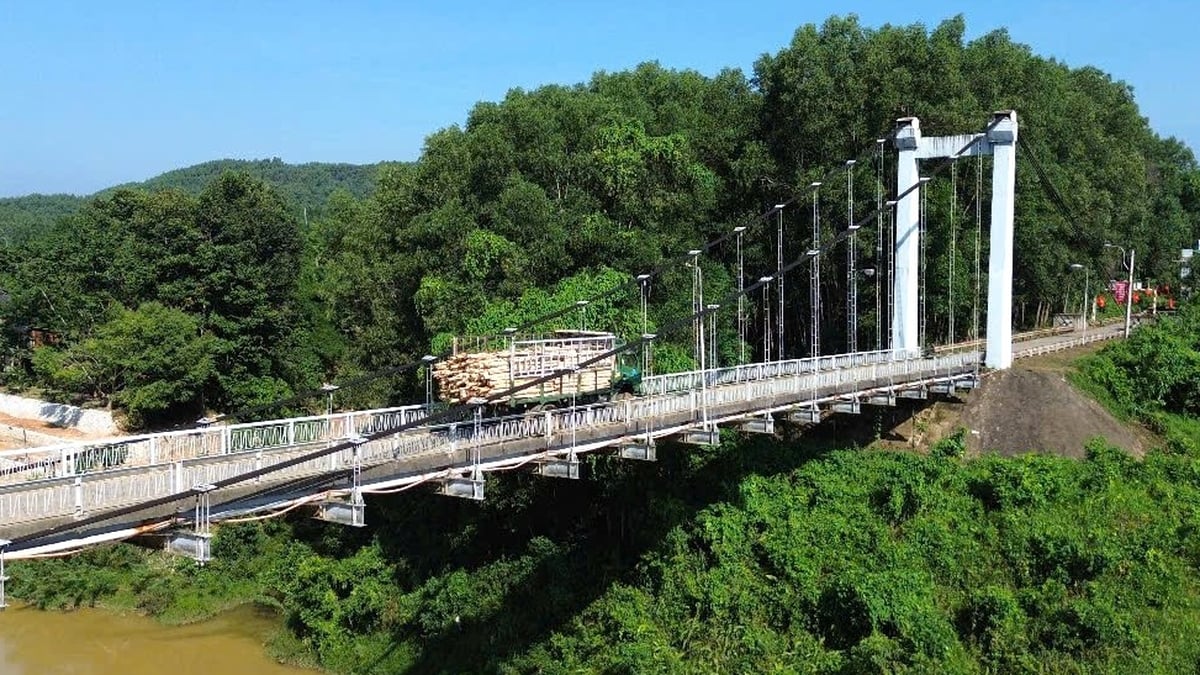













































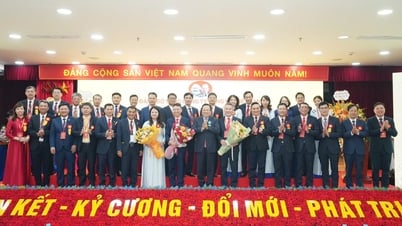











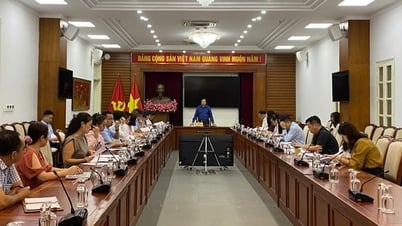




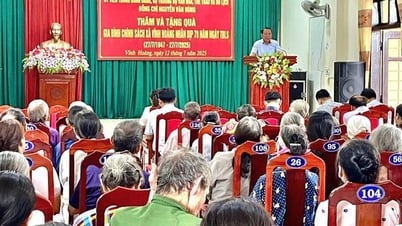
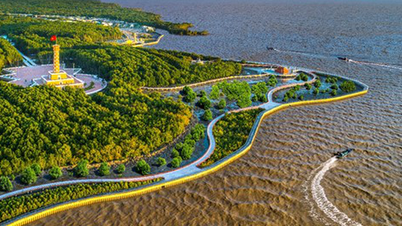

























Comment (0)